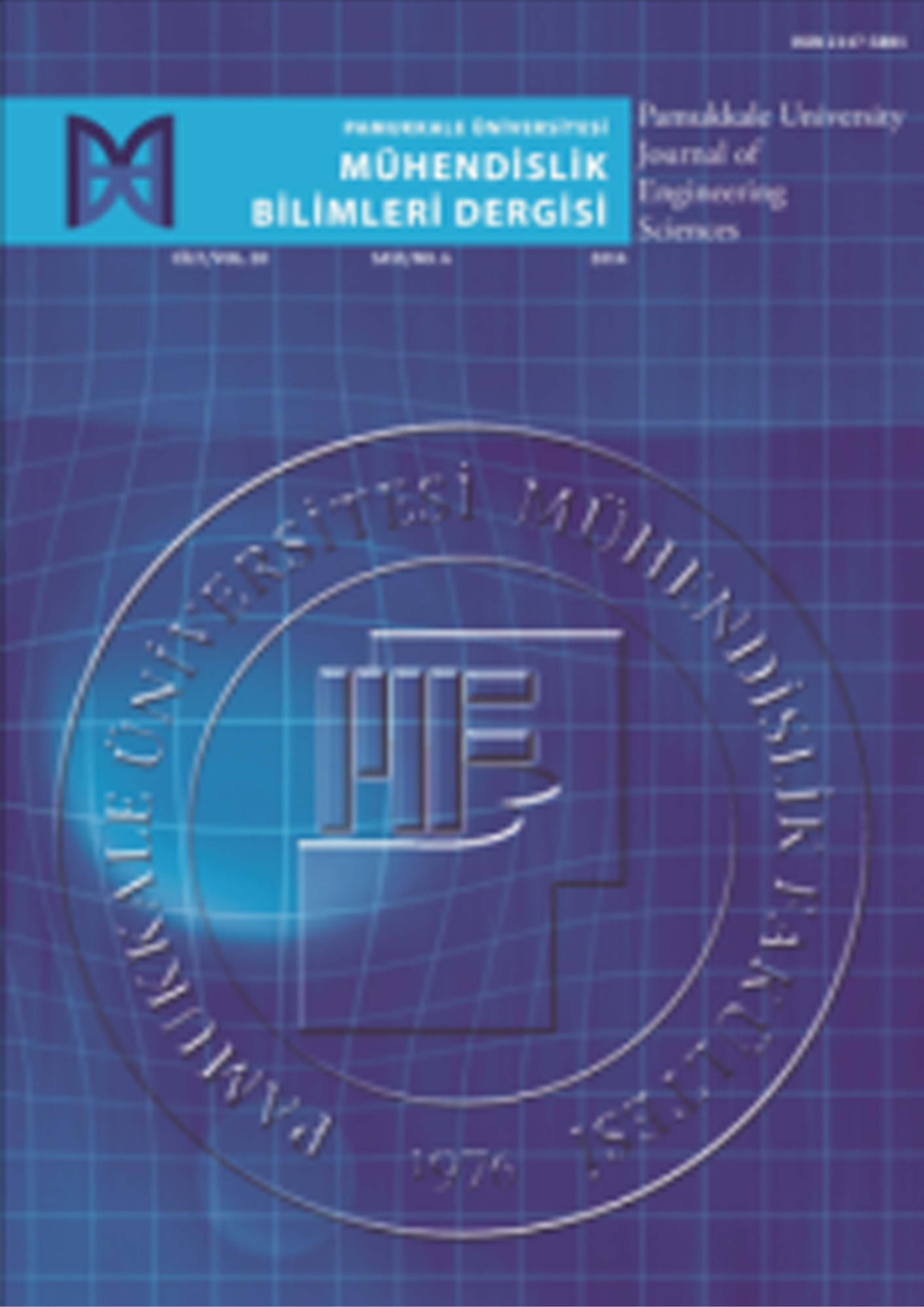The production of phenolic resin-based abrasive with use of solid waste sand of foundry industry
Tuba Bahtlı1, Yasin Ramazan Eker2, Veysel Murat Bostancı3, Pınar Uyan41Necmettin Erbakan University, Faculty Of Engineering, Department Of Metallurgical And Materials Engineering, Konya, Türkiye2Necmettin Erbakan University, Faculty Of Engineering, Department Of Basic Sciences, Konya, Türkiye
3Necmettin Erbakan University, Faculty Of Engineering, Science And Technology Research And Application Center, Konya, Türkiye
4Bilecik Seyh Edebali University, Vocational School, Department Of Machinery And Metal Technologies, Bilecik, Türkiye
Molding sand, which becomes solid waste after casting processes, is an important item to be recycled and used, as well as turning it into useful products with economic value, due to the fact that it creates an environmental problem and increases storage costs. The studies on this subject are still insufficient.
In this study, the SiC phase were obtained from solid waste casting sand whose basic material is silica and from phenolic resin as a C source, and their usability as an abrasive was investigated.
Densities of the products were measured with a Helium pycnometer; the hardness with a Shore D device; pore structure and distribution with the BET method; the surface functions with a FTIR Fourier Transform Infrared Spectrometer; the development of bonds in the structure and morphology with a Confocal Raman Microscope; the phase analysis using the XRD method; and microstructural examinations with SEM analysis.
As a result, it was determined that a high temperature was needed to obtain the SiC phase with the conventional pressure less sintering method using solid waste casting sand, but the resin used did not withstand the required high temperature.
Döküm endüstrisi katı atık kumu kullanımı ile fenolik reçine bazlı aşındırıcı üretimi
Tuba Bahtlı1, Yasin Ramazan Eker2, Veysel Murat Bostancı3, Pınar Uyan41Necmettin Erbakan Üniversitesi, Mühendislik Fakültesi, Metalurji Ve Malzeme Mühendisliği Bölümü, Konya, Türkiye2Necmettin Erbakan Üniversitesi, Mühendislik Fakültesi, Temel Bilimler Bölümü, Konya, Türkiye
3Necmettin Erbakan Üniversitesi, Mühendislik Fakültesi, Bilim Ve Teknoloji Araştırma Ve Uygulama Merkezi, Konya, Türkiye
4Bilecik Şeyh Edebali Üniversitesi, Meslek Yüksek Okulu, Makine Ve Metal Teknolojileri Bölümü, Bilecik, Türkiye
Döküm işlemlerinden sonra katı atık haline gelen kalıp kumu, çevresel bir sorun yaratması ve depolama maliyetlerini artırması nedeniyle geri dönüştürülerek kullanılması ve ekonomik değeri olan faydalı ürünlere dönüştürülmesi önemli bir maddedir. Bu konuda yapılan çalışmalar henüz yetersizdir.
Bu çalışmada, temel malzemesi silika olan katı atık döküm kumu ve C kaynağı olarak fenolik reçineden SiC fazı elde edilmiş ve aşındırıcı olarak kullanılabilirlikleri araştırılmıştır.
Üretilen ürünlerin yoğunlukları Helyum piknometresi ile; sertlik değeri Shore D cihazı ile; gözenek yapısı ve dağılımı BET yöntemi ile; yüzey fonksiyonları FTIR Fourier Dönüşümlü Kızılötesi Spektrometresi ile; yapı ve morfolojideki bağların gelişimi Konfokal Raman Mikroskobu ile; faz analizi XRD yöntemi ile; mikroyapısal incelemeler SEM analizi ile yapılmıştır.
Sonuç olarak, katı atık döküm kumu kullanılarak yapılan konvansiyonel basınçsız sinterleme yöntemi ile SiC fazının elde edilmesi için yüksek sıcaklığa ihtiyaç duyulduğu, ancak kullanılan reçinenin gerekli yüksek sıcaklığa dayanamadığı belirlenmiştir.
Manuscript Language: English





